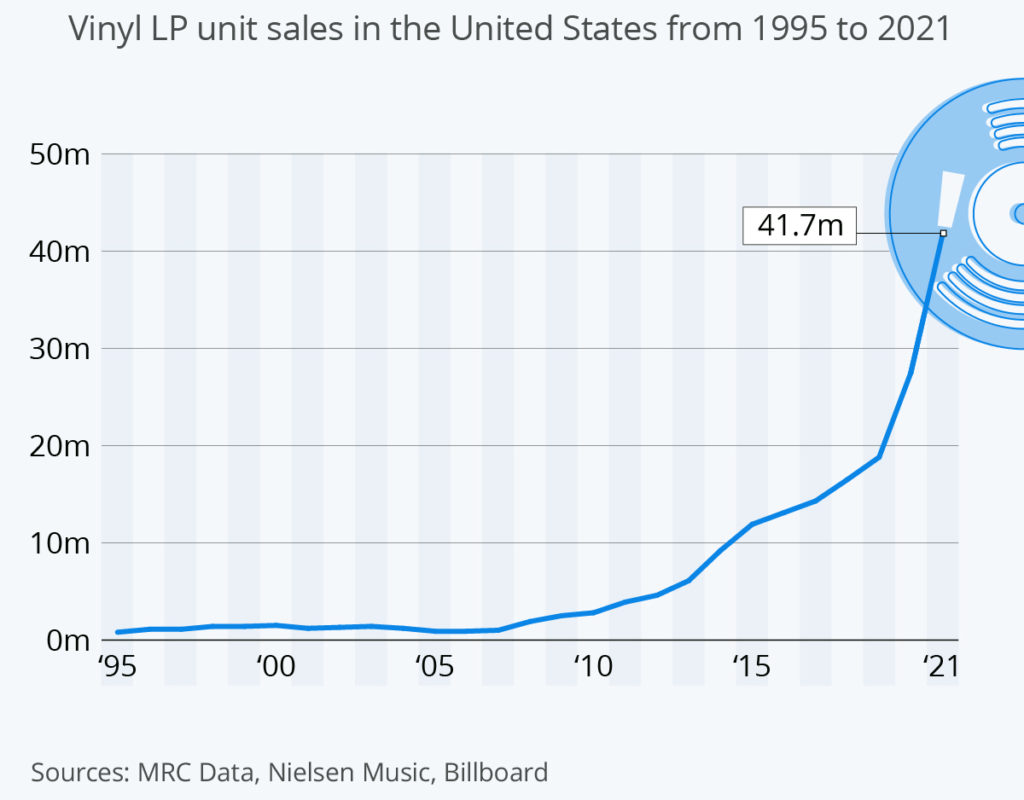Significant advances in technology are disruptive. They are beginnings. They are bifurcations. They are the initial conditions from which our media is born. Feared and disparaged at first, technological contrivances are eventually welcomed in and change our world. They change our minds. They change our relationship with our world and with each other. Not unlike learning new words, every new advance is a new addition to our media lexicon. Our media vocabulary includes those technologies with which we feel facile or familiar.
I call the line we draw at the edge of our comfort zone with new technologies the advent horizon. It’s a line we draw as individuals as well as a society at large. In his 2013 book Human as Media, Andrey Miroshnichenko describes it in terms of eras, writing, “If an era is shorter than a generation, the balance between the speed of technological innovation and the speed of cultural adaptation breaks down.” We feel a sense of loss when we cross one of these lines.
At the DMA conference in 2011 in Boston, I described it as follows:
From the Socratic shift from speaking to writing, to the transition from writing to typing, we’re comfortable—differently on an individual and collective level—in one of these eras. As we adopt and assimilate new devices, our horizon of comfort drifts further out while our media vocabulary increases. Any attempt to return to a so-called “Natural State” is a futile attempt to get back across the line we’ve drawn for ourselves.
Evidence that we’ve crossed one of these lines isn’t difficult to find. Think about the resurgence of vinyl record sales since 2010. Fans of vinyl records are either clinging to their youth or celebrating the only true music format that ever mattered. A vinyl record is a true document of a slice of time.

I visited Full Sail University in Orlando, Florida a few years ago. In their animation and game design programs, students take illustration (with pencils and paper), flipbook-style animation (with paper and lightboxes), and 3D modeling (real-world 3D, sculpture with clay and other materials) before they ever sit down at a computer. Though they are natives to the latter, they are forced to learn their skills in the analog world before moving to the digital.
A vinyl record is an analog totem from a previous era. Teaching animation on paper before computers is analog scaffolding for the digital world. Clinging to a previous era and having to back up to learn something new: these are both evidence of a new era, that an advent horizon has been crossed.
Each generation is born during a certain technological era, between these lines we draw. We are imprinted by the media technology with which we grow up. For instance, there has always been a television in my world. When I was born, it was there. In contrast, my parents remember when the first TV arrived in their house.
As Alan Kay once said, “Technology is anything that was invented after you were born.” I have never known a world without television, and my students have never known—or don’t remember—a world without computers, the web, or cellular phones. Perhaps they will cross a line of comfort when something new becomes the norm for their children, but a world before wireless connectivity means nothing to them.
